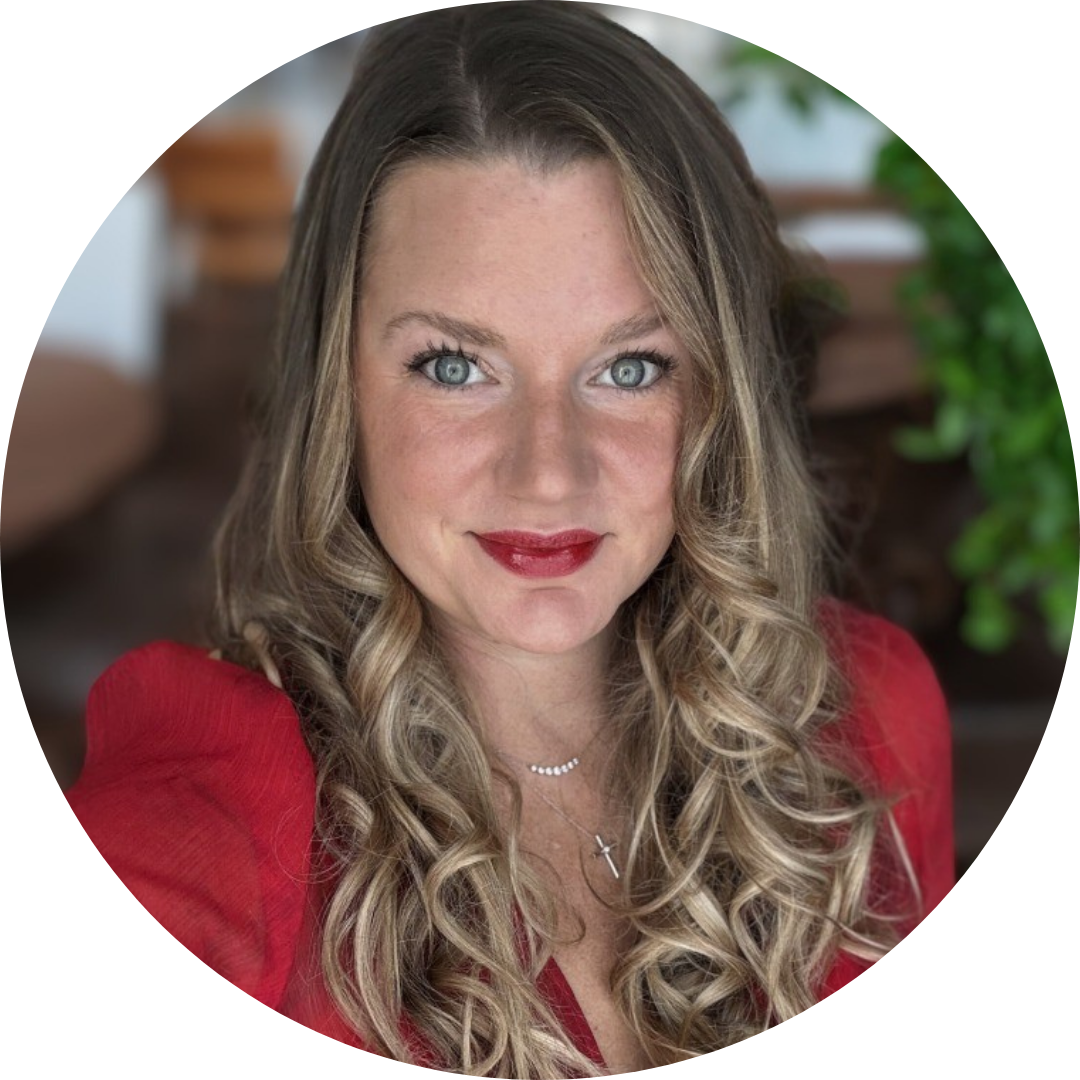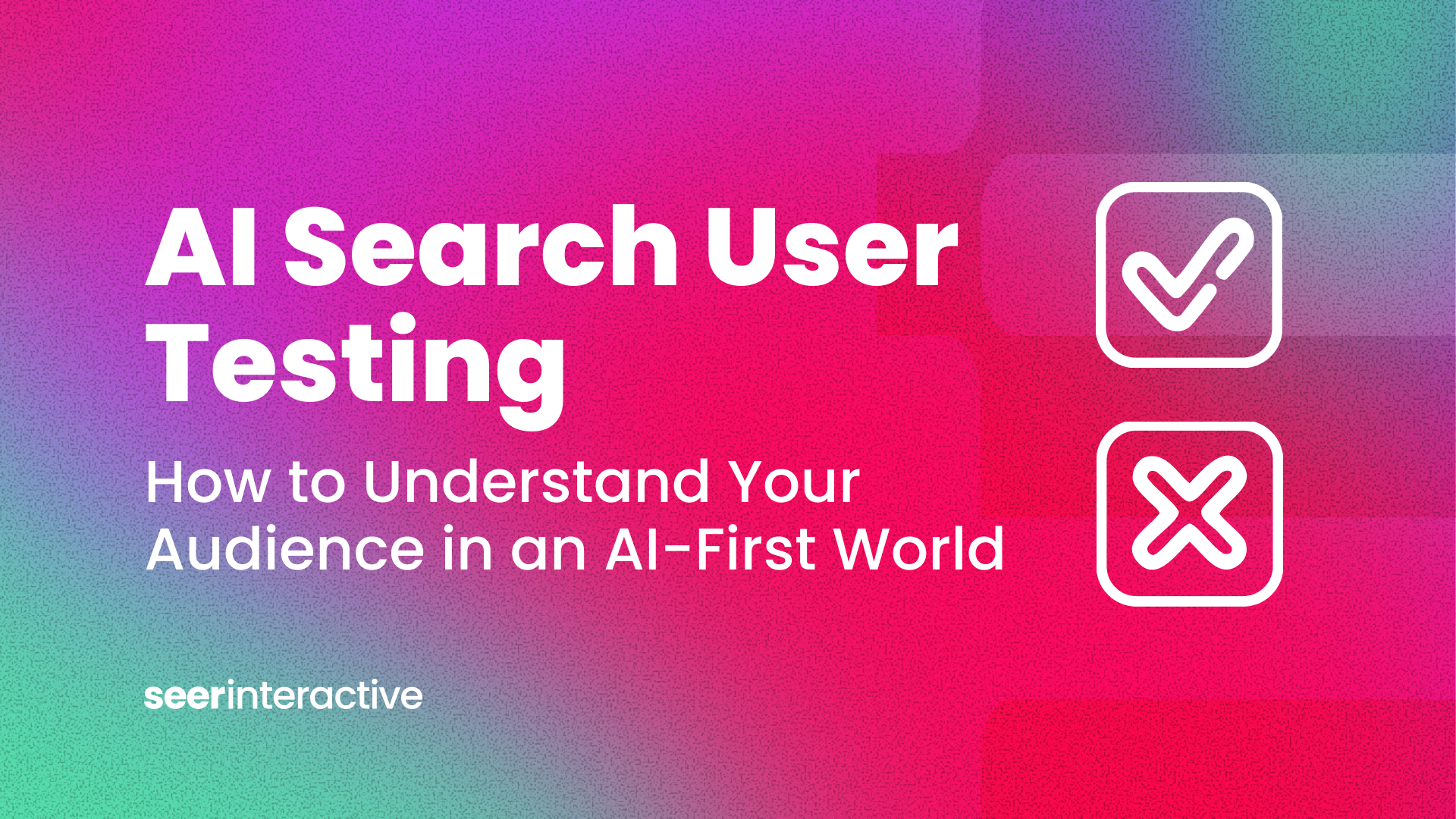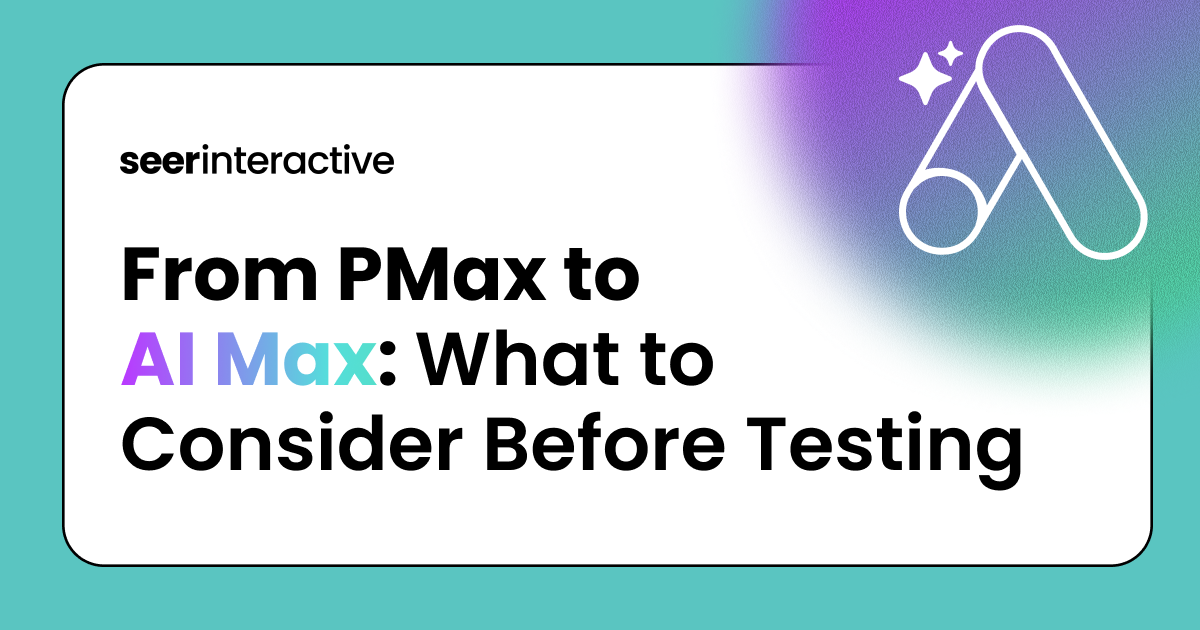Right out of college, I took my English degree and headed into my first marketing agency, ready to put my creativity and excitement to work. My first clients? Medical device manufacturers. Huge, powerful corporations…with huge, powerful regulatory and legal teams.
Creative ideas were shut down. Copy was diluted, asterisked, duplicated, and scrutinized. What started as storytelling and attention-grabbing quickly became claim-policing. Product Marketing felt like my enemy. So I did what many creatives do, I left for the flexibility and creativity of start-ups.
Now, over a decade later, the landscape is shifting. The things I was taught to tame — intuition, agility, creativity — is at the heart of what’s been recently coined as “vibe marketing.”
So What is Vibe Marketing (and Why is it Taking Off in 2025)?
Vibe marketing is the blend of creative instinct, cultural relevance, and fast execution, largely powered by small marketing teams and AI. Basically, it’s letting teams do more, faster, and at scale with even smaller marketing teams.
So it’s unsurprising that start-ups are the first companies embracing vibe marketing. What was once “scrappy” is now a vibe. Doing more with less, failing fast, working leanly, and making bets on ideas and gut instinct. New tooling is allowing marketers to turn ideas into action faster than ever.
Trends have converged to lead us to this point. Marketing has been shifting to combine precision-based targeting with emotion-based resonance, and AI is moving that along at a rapid pace. AI in marketing is projected to reach $47.3B in 2025 and keep growing from there at a CAGR of 36.6% through 2030 [MarketsandMarkets].
AI’s a Part of The Team
In the past, building and launching a campaign required an entire roster: a marketing director, operations specialist, graphic designer, social media strategist, developer, and more. Today, with tools like ChatGPT, Jasper, Canva, Looka, and countless others powered by AI, marketing generalists are moving from idea to campaign launch at scale, without needing an army to help them do it.
Democratization of Automation Tools
This is where vibe marketing shines. By layering AI over strategy, we’re no longer guessing. Using intuitive insights and real-time data guides what we do best. AI has leveled the playing field, enabling brands of all sizes to implement marketing tactics and tests without massive teams.
The term “vibe marketing” was a spinoff of “vibe coding,” where developers used AI to execute based on human direction, meaning we’re getting more out of some of our most expensive resources.
Applying this vibe-based approach to marketing makes sense; when applied to content, creative, media, and automation, AI can interpret an idea and deliver on the execution at scale. Costs have gone down while technology has rapidly improved, giving way to more experimentation and faster implementation of tests & learnings.
Creativity Within Constraints: Brainstorming with Constraint-Trained AI Tools
One of my favorite founders used to say: “Be creative within constraints.” At Seer, we bring that philosophy to life by pairing our creative mindset with AI tools trained on brand guidelines, regulatory restrictions, and legal limitations.
Rather than slowing down to redline copy endlessly, we’re now working alongside those systems. Using tools that flag risk before it reaches review.
Constraint #1: Brand Guidelines & Product Marketing Documentation
We’ve built Custom GPTs with brand guidelines, product marketing scorecards, and sample approved language. By letting technology handle those guardrails, we’re able to creatively brainstorm, using AI as a thinking partner as well as a checks & balances system.
Constraint #2: Personas & User Behavior Insights
Vibe marketing isn’t meant to mean “cool and timely”. It’s more about creating outputs that are relevant and responsive to real humans. What one audience calls clever, another might call cringey.
Wouldn’t it be great to know watch-outs before you’re in one? A message and creative that one audience loved might speak to another in entirely the wrong way. By giving AI the personas of client customers, we can then ask them for potential landmines, advice on how to avoid it, and then determine if a message should be broad (general organic strategy) or targeted (a specific paid campaign).
Constraint #3: Limited Creative Resources
Creative fatigue, when an audience is simply over a specific message or visual, is real, but previously hard to measure. Using Seer Signals, we can measure that fatigue, but then having something fresh and relevant to replace it… that’s something else entirely.
AI image generation has come a long way, especially with the recent advancements in ChatGPT’s 4.0. We can pull analytics from across our divisions, provide inspiration via text or image, and have a subset of sample ads for the creative teams to get inspiration from in real time, rather than spending time in meetings & filling out briefs, and days - or even weeks - waiting for initial concepts.
Measuring Value: The Data Behind the Vibe
The hype around AI isn’t without substance. In fact:
- 85% of marketers are already using AI for content creation, and those who do are 25% more likely to report success
See: CoSchedule & SEO.com - 30% of all outbound marketing messages from large orgs will be AI-generated by the end of 2025
See: MarketsandMarkets - Companies are seeing up to 20x faster execution and up to 80% cost savings thanks to AI-driven workflows
See: Writesonic - AI-powered personalization is also working: Personalized emails generate 760% more revenue, and 78% of consumers say it makes them more loyal
See: Wiser Notify
Marketers at Every Size Organization Should Catch the Vibe
Vibe Marketing Isn’t Just for Start-ups
Let’s revisit medical device manufacturers. If I could go back in time and have an AI tool that would tell me how regulatory and legal were likely to crush my creative dreams when I presented my next campaign ideas, then guide my creativity within those constraints to viable options, I would have made far more friends within those teams.
Enterprise brands can maintain brand safety while moving at a faster clip of testing and keep up with the speed of cultural shifts by equipping marketing & creative teams with AI tech counterparts.
Scaling Integrated Campaigns with AI
Anyone who’s ever built a multi-channel campaign in a legacy “automation” has had a moment — usually 43 dropdowns into the build — where they wonder: what exactly is being automated here?!? The margin for human error is massive.
Enter AI: it’s like spell check for…everything. And like Xanax for those of us with high attention to detail but terrible memories, who have made enough human errors in our careers to second guess ourselves, always.

Merging Data, AI & Human Insight
When Seer’s paid team used AI-powered sentiment analysis and trend tracking to adjust Meta ad creative, we saw a 27% lift in CTR and an 18% drop in CPA. That means AI deployed alongside human strategy was able to drive meaningfully more impact.
Using Data to Inform & Guide Instinct
It’s one thing to say a campaign was built on a vibe. It’s another to prove that it delivers. We ground creative intuition in data, which means moving beyond likes and shares to track what really matters: how fast we’re launching, how well we’re resonating, and how effectively we’re driving outcomes.
Whether it’s brand lift, engagement depth, or the efficiency of AI itself, we measure a blend of traditional KPIs and new-school indicators tailored AI- and emotion-driven marketing.
- Traditional metrics: CTR, engagement, lead gen, sales.
- AI-specific: Prediction accuracy, campaign time-to-launch, efficiency gains.
- Engagement signals: Time on page, sentiment analysis, social sharing.
- Brand lift: Use NPS, CSAT, and recall studies to assess brand resonance.
- Test emotional tones: A/B testing “funny” vs. “inspiring” vs. “urgent.”
Benefits of the Vibe Approach
- Efficiency & scale: Execute in hours, not weeks
- Cost savings: Reduce overhead with intelligent automation
- Personalization: At scale, with creative that resonates with audiences emotionally
- Competitive advantage: Early adopters benefit from agility + relevance
- Data-driven optimization: Constant A/B testing and real-time campaign evolution

The Future of Vibe Marketing
Vibe marketing redefines how brands sense, shape, and scale their messaging to connect with real people. And while AI is powering the pace, it’s still up to humans to guide the vision. When brands lead with empathy and back it with data, and know what tools to tap, try, or test and when… magic can happen.
Ready to Catch the Vibe? Talk to Seer About Building an AI-Enhanced Marketing Strategy. Let's chat.



